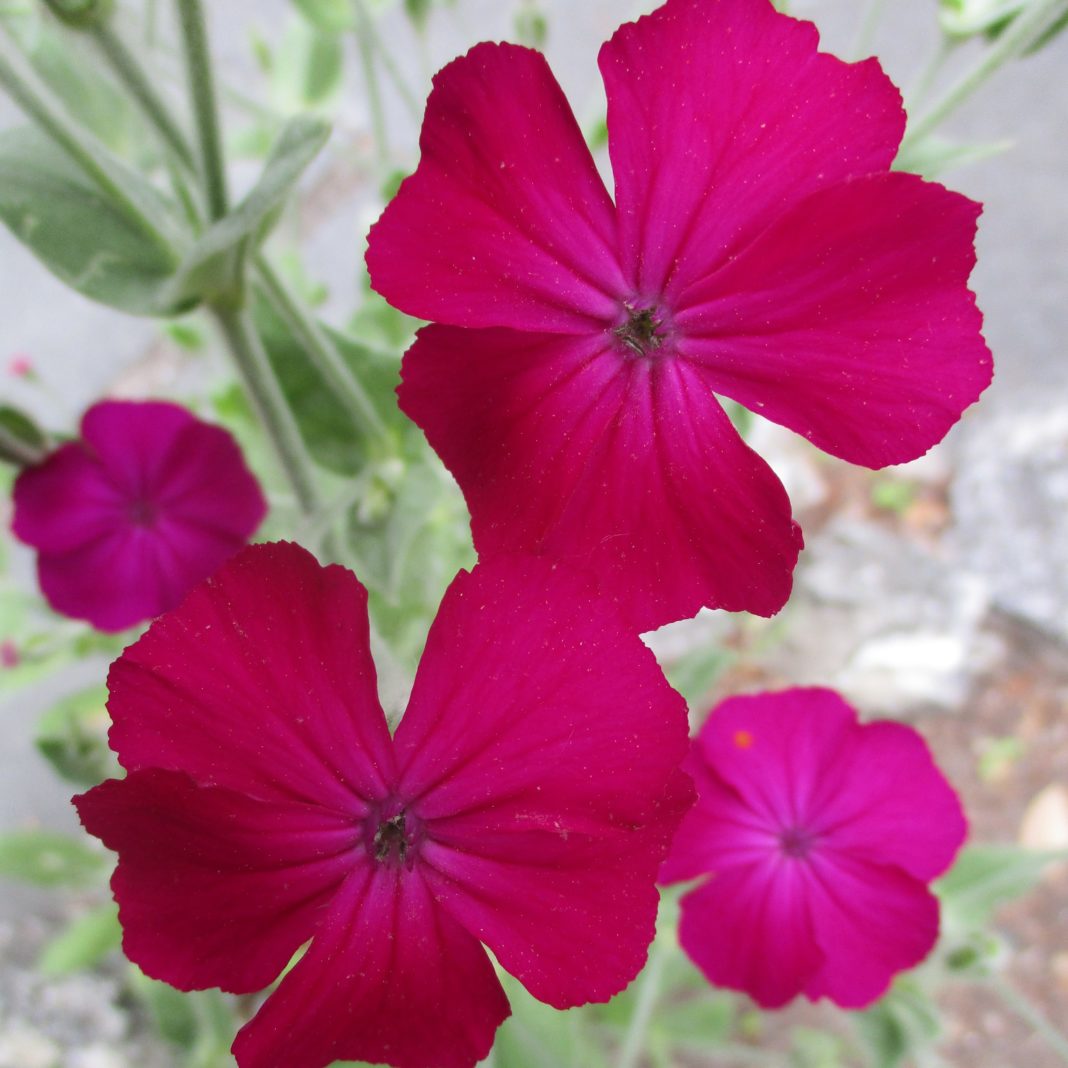UNITED STATES—Of course, to the plants who do it, naturalizing is an advantage. To the rest of us, it is often a problem. The advantage to the plants who do it is that they move into new territory, make themselves at home, and probably do quite well with the new place. The disadvantage to everyone else is that naturalizing plants may not play well with others, and consequently interfere with the ecosystem.
Most of the naturalizing plants whom we are aware of are aggressively invasive exotic (non-native) specie, such as Acacia dealbata, pampas grass, blue gum, broom and reed. They move in and compete with or exclude native vegetation. Some might interfere with native fauna as well. (All those monarch butterflies who swarm blue gum are ignoring specie who rely on them for pollination.)
Locally native plants can not naturalize because they are naturally there already. Therefore, all plants who naturalize are exotic. However, not all naturalized exotic specie are aggressively invasive. Some who can not survive without irrigation in the local chaparral climate may never get farther than being a weed in landscaped areas. Some bulbs may not spread from where they are planted.
Rose campion, sweet alyssum, cosmos, forget-me-not, four-o’-clock and nasturtium can replace themselves faster than they die out, but only where they get enough water. Some of the seedlings are likely to appear in situations where they are not wanted. Some might grow into situations where they might be desirable. There is no shame in allowing the desirable ones to continue growing.
Many of the most extensively bred garden varieties eventually revert to something more similar to their ancestors. For example, most of the fancier modern varieties of nasturtium, after a few generations, will bloom with more of the basic yellow and orange than they did when they were new. Eventually, almost all flowers will be yellow or orange. Such seedlings are known as ‘feral,’ because they are more similar to the wild ancestry of nasturtium, than to the genetically unstable modern variety that was originally sown.
Highlight: rose campion
Rarely planted but often found where the wildflowers grow, rose campion, Silene coronaria, has a way of sneaking in like California poppy or sweet alyssum do. It is so rarely planted that young plants are rarely available in nurseries. Seed is somewhat more available in nurseries, and quite available online. Although they self sow freely if allowed to go to seed, they are not really invasive.
The velvety gray foliage is pretty alone, and becomes a perfect backdrop for the surprisingly bright magenta, regal red or pure white flowers that bloom through early summer. Most of the foliage forms low mounds not much more than a foot wide, while flowering stems stand almost twice as tall. Flowers are ideal for cutting. Hummingbirds enjoy magenta and red flowers more than white.
Individual plants can last for a few years as short term perennials, but because they seed profusely enough to replace themselves annually, they are often grown as annuals, and pulled up before new seedlings appear. Those who last for a second year should probably be groomed. If seedlings are crowded, some can be pulled up and relocated while young. Rose campion wants full sun.
Horticulturist Tony Tomeo can be contacted at tonytomeo.wordpress.com.






